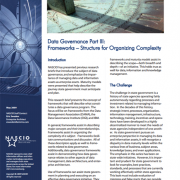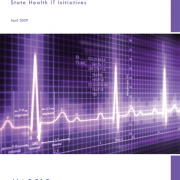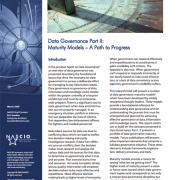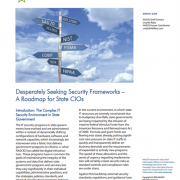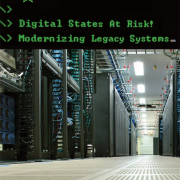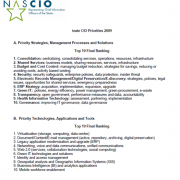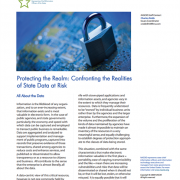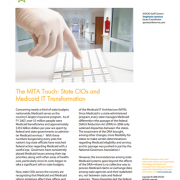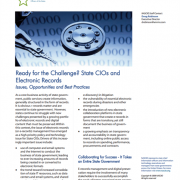Data Governance Part III: Frameworks – Structure for Organizing Complexity
This issue brief presents the concept of frameworks that describes what constitutes a data governance program, with a focus on frameworks from the Data Management Association (DAMA), the Data Governance Institute (DGI), and IBM. Use of frameworks can assist state government in planning and executing on an effective data governance initiative. They assist in achieving completeness in a program. In any subject or discipline frameworks and maturity models assist in describing the scope – both breadth and depth – of an initiative. This holds true as well for data, information and knowledge management.

